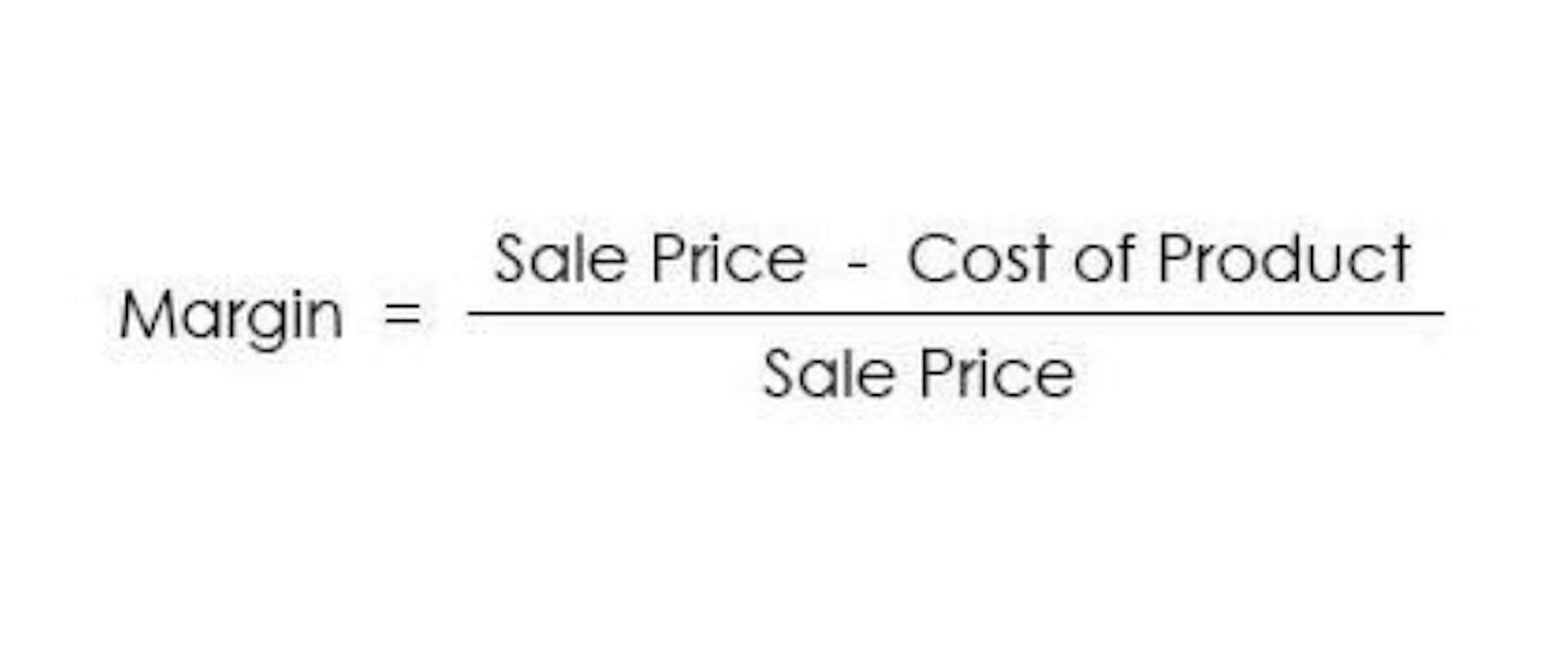
An accurate tracking system is essential for managing in-kind donations effectively. A detailed database should be maintained that captures all necessary information, such as the donor’s name, description of the item or service, date received, and estimated value. For an efficient system, organizations may employ software designed to track such donations, thereby ensuring that nothing is overlooked and that all contributions are acknowledged appropriately. A theoretical question is whether the fair value of the benefits received by Charlie is less than the $3.5 million grant. As discussed below, this circumstance would result in bifurcating the grant into an exchange (publicity) and contribution (the difference between the fair value of the publicity and total amount provided). Given the described circumstances, this contract would be recognized in the same period regardless of whether it was classified as an exchange or contribution.
Articles Nonprofit

Contributions can either be in the form of financial assets, such as cash and investments, or nonfinancial assets, generally referred to as gifts-in-kind. But all not-for-profits are required to be transparent in reporting those contributions, which may be less straightforward to quantify than cash donations. Donated assets can significantly influence an organization’s financial statements, affecting both the balance sheet and income statement. On the balance sheet, the fair value of a donated asset increases total assets, improving financial ratios like gaap accounting for donated assets the asset turnover ratio.
- You can use the price of the same asset or a similar asset if prices are available, or consult a professional appraiser.
- The estimations may include an evaluation of nonfinancial assets received or enhanced value of an underlying asset or the present value of future cash flows of the benefit received.
- FASB has recently released new guidance on how to determine whether a transaction is a contribution or an exchange.
- This includes maintaining a paper trail for all in-kind donations that conform to the Financial Accounting Standards Board (FASB) guidelines and state laws, as well as the requirements of lenders, grantors, and other stakeholders.
- Effective management of in-kind donations is crucial for nonprofits to ensure that non-cash contributions directly support their programs and services.
Corporate sponsor—basic agreement.

Fair value reflects the price that would be received to sell an asset or paid to transfer a liability in an orderly transaction at the measurement date, as emphasized under both GAAP and International Financial Reporting Standards (IFRS). income summary Credit the donated capital account by the amount of the asset’s fair value in the same journal entry only if you received the asset from a government entity, such as a city. Or, credit the account called “gain on receipt of donated asset” by the same amount only if you received the asset from a non-governmental entity, such as another company. A donated asset is one that a company receives in a nonreciprocal transfer, which means the company provides nothing in return for receiving the donated asset. The way you report the receipt of the asset on your financial statements depends on the type of entity from which you received the donation.

Revenue Recognition for Events
- Pursuant to Accounting Standards Codification (ASC) , providers should recognize unconditional contributions as expenses in the period made.
- The future economic benefit or service potential of a tangible item usually can be obtained by exchanging it for cash or by using it to produce goods or services.
- These donations come in various forms, including goods like unopened dog food for an animal shelter, or services, such as free legal counsel provided to a community service group.
- When donations are given to an organization, usually a nonprofit entity, those donations have a “worth” and must be counted as an asset for that company.
- For an efficient system, organizations may employ software designed to track such donations, thereby ensuring that nothing is overlooked and that all contributions are acknowledged appropriately.
- A donated asset is one that a company receives in a nonreciprocal transfer, which means the company provides nothing in return for receiving the donated asset.
These include guidelines on recognizing, measuring, and presenting such donations in financial statements. Notably, FASB’s updates in standards require disclosures regarding the valuation techniques and inputs used to arrive at a fair value measure for contributed non-financial assets. There is a common misconception among nonprofits that because in-kind donations are provided at little or no cost, the organization doesn’t have to report them on its financialstatements. Stakeholders and other readers of the financial statements might dispute that recording these items will merely gross-up revenue and expenses with no effect on the operating results. But conversely, not recording these items can distort an NFP’s financial statements, understating the organization’s revenue and expenses, and does not allow for true comparison between similar organizations.
How should non-profit organizations handle the accounting for in-kind donations?
For non-profits, this can enhance the net asset position, potentially aiding in securing future funding or grants. Best practices include documenting the fair market value of professional services received for free. For instance, legal or accounting services provided pro bono should be recorded as in-kind service donations with corresponding revenue and expense entries https://www.bookstime.com/ reflecting the value of the service. Effective management and accurate reporting of in-kind donations are critical for non-profit organizations. Utilizing the right tools can streamline this process and ensure compliance with accounting standards. Determining the fair value of donated assets is essential for accurate financial reporting.
- Ticket sales are generally recognized as revenue on the event date, while sponsorship revenue may depend on specific deliverables or benefits provided, such as advertising.
- In that case, the board member offers to pay the rent if the building is used primarily for the residence of company employees.
- One indicator in concluding whether a transfer of assets is a contribution or an exchange is that the positive sentiment from acting as a donor does not constitute commensurate value received by the resource provider.
- In this example, report “gain on receipt of donated asset $100,000” as a line item on your income statement.
- Edited by CPAs for CPAs, it aims to provide accounting and other financial professionals with the information and analysis they need to succeed in today’s business environment.



